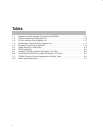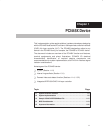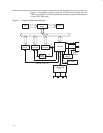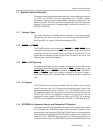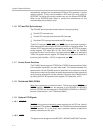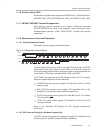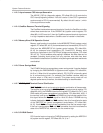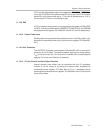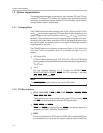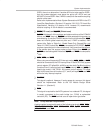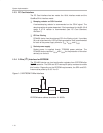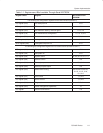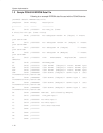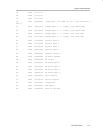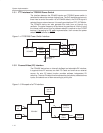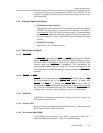
System Implementation
1-8
1.2 System Implementation
This section describes signal connection for each interface, PCI bus, PC card
interface, I
2
C interface, P
2
C interface, ZV interface, interrupt interface (parallel
and serial), miscellaneous signals, and the PHY-Link interface. It also explains
pullup/pulldown resistor requirements.
1.2.1 Clamping Rails
The PCI445X device has three clamping rails: V
CCA
, V
CCB
, and V
CCP
. V
CCA
and V
CCB
are not power supplies for PC cards. After a card is powered up, the
supply voltage to the card is fed back into the V
CCA
(or V
CCB
) input to the
controller. This provides the controller a clamping level for signals to the card.
Technically the power switch controlling V
CCA
is also supplying power to the
card via this signal, but actually V
CCA
is not a signal via which the controller
supplies power to the card.
The PCI445X device only drives out a maximum signal of 3.3 V due to the
3.3-V core. This is not a problem, as 3.3 V is still seen as a logic 1 to a 5-V
system.
- V
CCA
and V
CCB
PC Card interface clamping rails. CD1, CD2, VS1, VS2, and STSCHG/RI
are not clamped, because these terminals should be able to signal without
V
CCA
/V
CCB
.
- V
CCP
PCI bus interface clamping rail. It includes the MFUNC7/LOCK,
MFUNC7–MFUNC0, IRQSER, GRST, and P
2
C terminals. It excludes
INTA, INTB, INTC, and PME.
Note:
The PME/RI_OUT terminal uses an open drain (OD) buffer.
1.2.2 PCI Bus Interface
- PCLK, AD31–AD0, C/BE3–C/BE0, PAR, DEVSEL, FRAME, STOP,
TRDY, IRDY, GNT, REQ
These terminals can be connected to the system PCI bus directly. GNT
and REQ are dedicated signals from the PCI bus arbitrator.
- PERR, SERR, and LOCK
PERR and SERR are required signals. LOCK is an optional signal and
available in MFUNC1, MFUNC3, and MFUNC7.
- IDSEL
If there is a pulldown on LATCH, then the IDSEL will be routed to AD23, but
the consequence of this is that the system designer must use AD23 as



